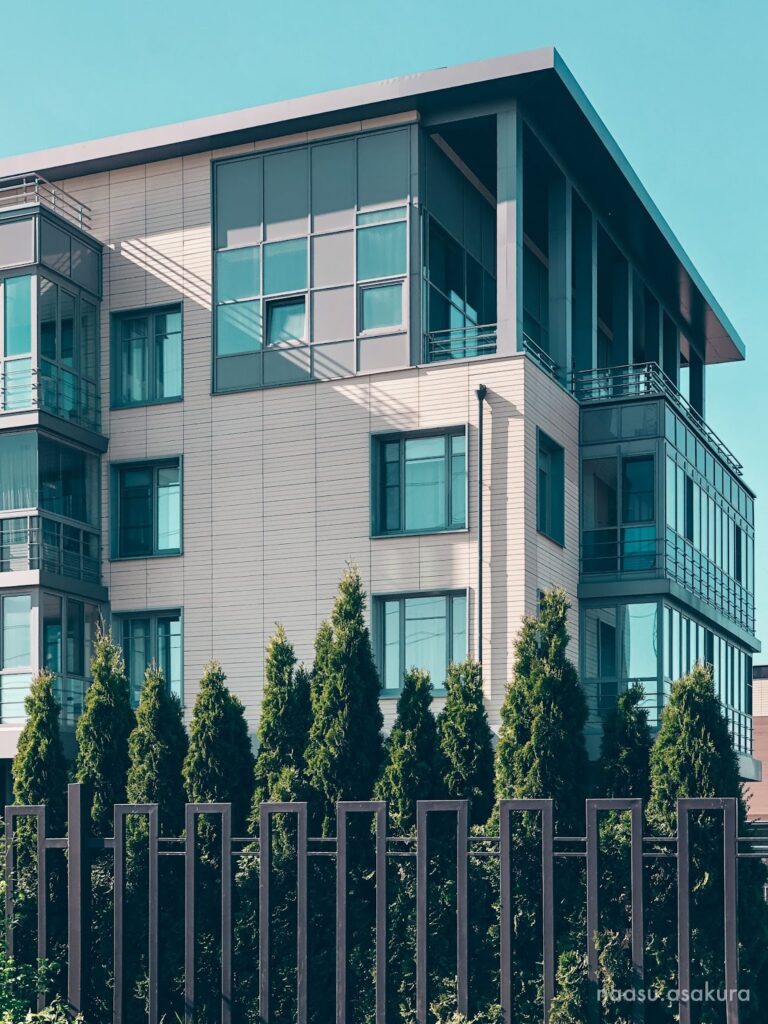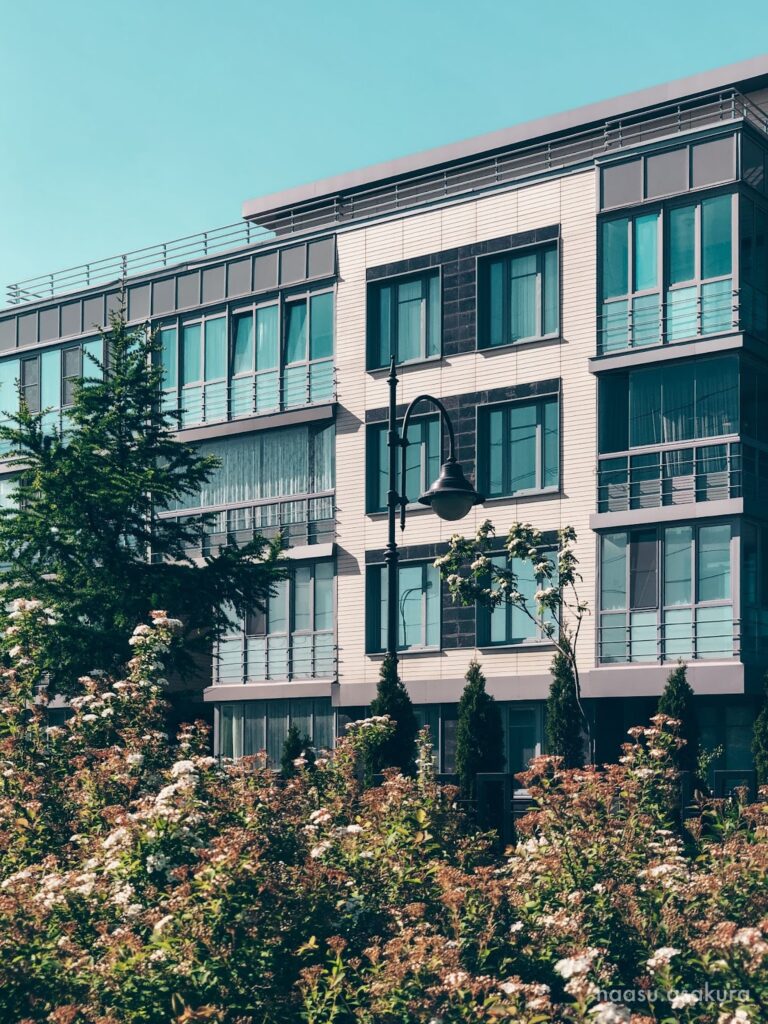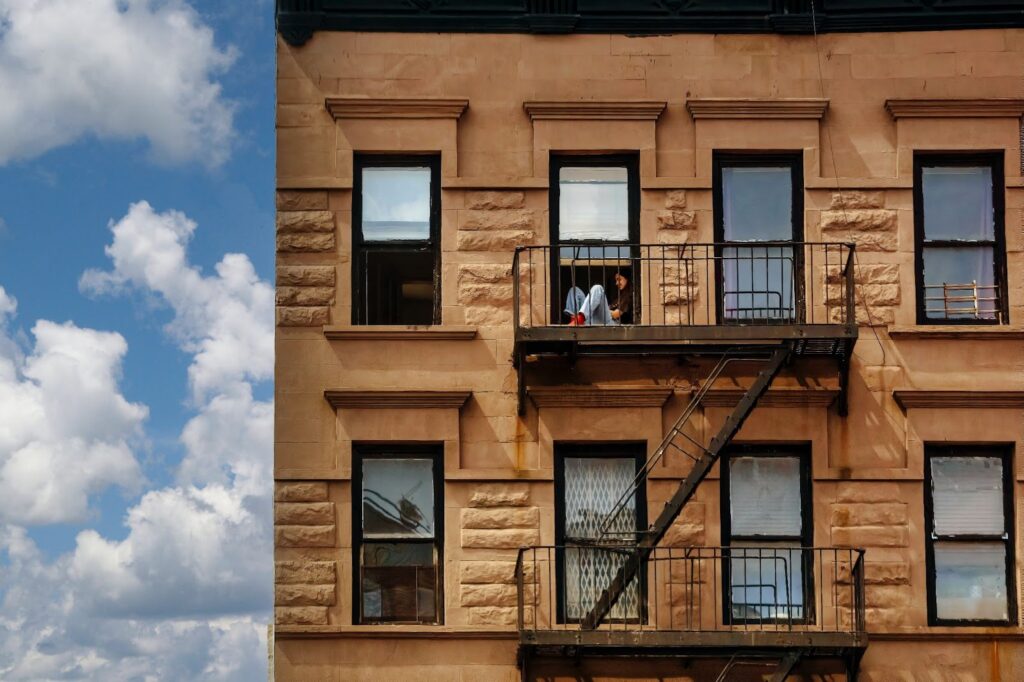Matt Choi
A few months back I was taking a walk through New York’s financial district, swarmed with holiday tourists, when I noticed a group taking pictures of a Con-Ed street stack. These bright orange street stacks are unique to New York, which has the largest municipal steam system in the world. The billows of vented steam they spew lend a kind of Taxi Driver/Gotham City aesthetic to the cold streets, satisfying any tourist’s mental image of the city. One can understand why this was picture-worthy to someone from out of town.
Credit: Matt Choi
After all, what’s the point of being somewhere if it’s the same as everywhere else? “Blandness” has been an anxiety of placemaking and architecture for some time. Researcher Edward Relph observed in 1981 that mass production and mass culture were eroding the distinctiveness and significance of urban neighborhoods.1 A recent New York Times article titled “America, The Bland” profiled the endless spread of boxy, glassed-in developments with superfluous slabs of colored paneling. The criticism of these spaces is not that they fail to provide for our material comfort, rather that they are alienating at best and erase a place’s identity at worst.


A typical new boxy American development, credit: Naasu Asakura on Unsplash

Colorful chairs and swoopy concrete seating (with anti-homeless armrests) typify the global placemaking aesthetic, credit: Wikimedia Commons
Urban designers disparage what they call the “string-light” toolkit of colorful plywood and plastic street furniture, Christmas lights, and other stock decorations employed by places like Smorgasbord and pretty much every NYC Business Improvement District (BID). At a more substantive level, opponents to rezonings and planning interventions often cite the erosion of a neighborhood’s unique character as a primary concern. Against the rising tide of blandness, what hope is there for what Iris Marion Young calls the “inexhaustible city” – the concept that cities are places of discovery and variety – when you can’t tell Denver apart from Nashville?2
The affordability of these designs, combined with our globalized tastes, means generic styles can easily and repeatedly be implemented in places across the world. You can’t, however, simply swap out millions of steam pipes for the latest heating fad, and so street stacks remain, an inadvertent “only-in-New-York” fixture of the streetscape. Features like the street stack belong to a wider category of unglamorous (or even outright nasty) parts of cities that nevertheless help form a vital part of their identity. I call these features (which are objectively bad, but tend, counterintuitively, to be kind of beloved) “street warts,” because as a wise man once said, “a city is like a wart, it grows on you.”
Fire escapes are another wart. Not every city has them and, in principle, hiding a facade with a metal staircase isn’t a nice idea, but people love their fire escapes all the same. You can even find examples of escapes that are quite beautiful.


Credit: Clay LeConey and Damla Özkan on Unsplash
In Tokyo, the “train pusher” – a white-gloved metro employee hired to forcibly shove passengers into a crowded train – is another example of a place-defining “street wart” from outside the built environment. YouTube has no shortage of travel vloggers being gleefully manhandled into overpacked train cars (although this practice seems to be on the decline as the system has sorted out its capacity issues). The easement plaques marking the property lines of Philadelphia’s older neighborhoods have become a source of fascination for blogs like 99% Invisible and Untapped Cities, which publish regular content on urban idiosyncrasies.
These warts last because they’re tied to some quirk of the built environment, policy, or practice that’s hard to change. It’s hard to justify replacing the largest municipal steam system in the world when the occasional manhole explosion aside, the system actually works pretty well. As cities become increasingly similar, these features are stubborn vestiges of a specific sense of place. The way in which people respond to these, both in-person and online, reveals a longing for the urban idiosyncrasies that are fast disappearing.
Cultural consumption of the city has changed to the benefit of idiosyncrasies. Americans don’t sit in front of a TV en masse anymore to learn about New York from Friends or Sex and the City. Instagram accounts highlighting daily life such as @whatisnewyork and @subwaycreatures-, have increasingly stepped into their place. A video of a rat scurrying through a subway car as riders laugh and raise their legs may not be something the tourism board would want to promote on its website, but it’s how our online society is coming to digest how the quotidian aspects of cities look and feel. Scrolling through the comments shows a predictable amount of disgust, but also a sort of pride and even admiration. Unsurprisingly, the street stack gets a similar treatment. A British Tik Toker named @yourboymoyo details his trip to New York: “It’s mad here! I love it!” He exclaims. “Smoke just comes out of holes in the ground!” A YouTube explainer on the stacks has over two million views. These quick hits of weird urban life are made for our era of short-form media and shorter attention spans.
Of course there are limitations to romanticizing warts. Although the blog Curbed wrote lovingly about New York’s soon-to-be-retired green metal trash can, the new design improves upon the old in pretty much every way. Implicit in the odes to specific trash can models or the rat video comments is a kind of nostalgia so potent it verges on being hostile to progress: New York is a mess —and we tell ourselves we love it. We would like to be as confident and brash in the terminally New York way that Dustin Hoffman is in Midnight Cowboy, screaming at a cabbie, “I’M WALKING HERE” even as he is nearly run over, even though the whole interaction would likely have been avoided through contemporary streetscape improvements such as a raised crosswalk and better intersection design. Many people have no choice but to live in dysfunctional cities, but others accept the bad parts of city life because a small part of them thinks it gives them credibility. The street wart is a source of unique identity—but it’s also a wart. Embracing the wart shouldn’t be a barrier to embracing improvement.
Progress aside, these outlets show that people still enjoy the things, however mundane, that carry a strong sense of place. Planning and urban design is often concerned with reducing the friction and chaos inherent in city life, but in doing so we sand some distinctness off the city’s surface. A street stack in the middle of the road is hardly ideal, but it is unique.
Planners and placemakers like Roberto Bedoya, who has written extensively about Latino placemaking, point out how good placemaking can solve rational problems while also shaping and reinforcing unique identity. In Bedoya’s case, he spotlights immigrant and minority groups claiming space through the everyday act of decorating their streets. In his discussion of place-uniqueness, NYU urban planning professor Juan Rivo states that local businesses and design flourishes that feel unique not only enhance the sense of belonging for residents but also attract visitors and outside investment.3 Whether the design represents a group of people or the identity of an entire neighborhood, the joy of the street wart inspires us to pursue placemaking that doesn’t smooth over the distinct edges of a city. Urban idiosyncrasies can connect people to a place and give us the hope that, as long as steam billows over our streets, it will remain an interesting place unlike any other.
Notes
1. Edward Relph, Place and Placelessness, (London: Pion, 1976).
2. Iris Marion Young, “The Ideal of Community and the Politics of Difference,” Social Theory and Practice 12, no. 1 (1986): 1–26, https://doi.org/10.5840/soctheorpract198612113.
3. Juan J. Rivero. “Planning Local Uniqueness: Drawing the Line between Development and Loss.” Journal of Planning Education and Research 43, no. 1 (March 2019): 8–19.
Matt Choi is a fourth-semester student in the CUNY Hunter MUP program. He is interested in waterfront planning and distinctive approaches to placemaking that center on local identity and references to vernacular design. Currently, he works as a placemaking and development consultant in New York City.

